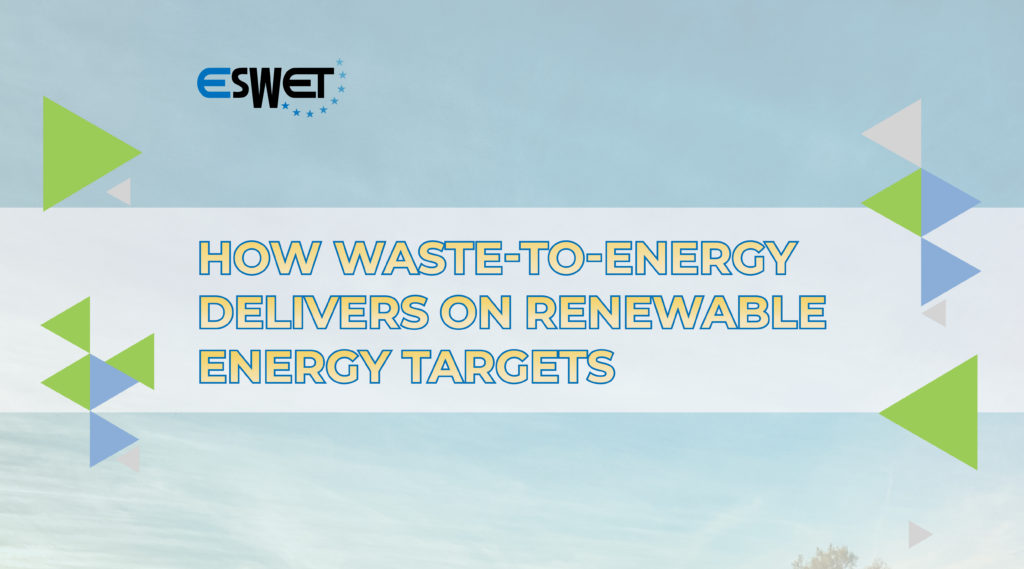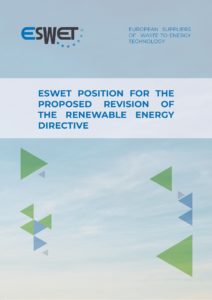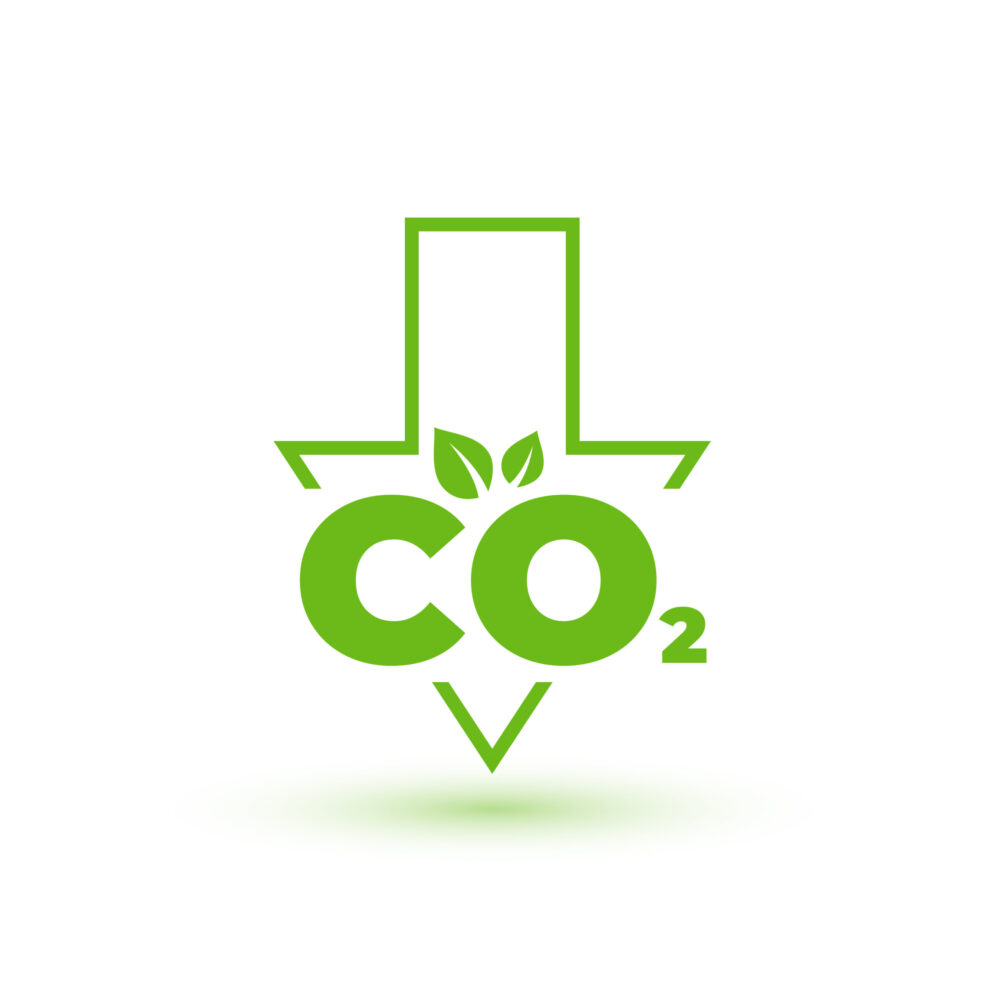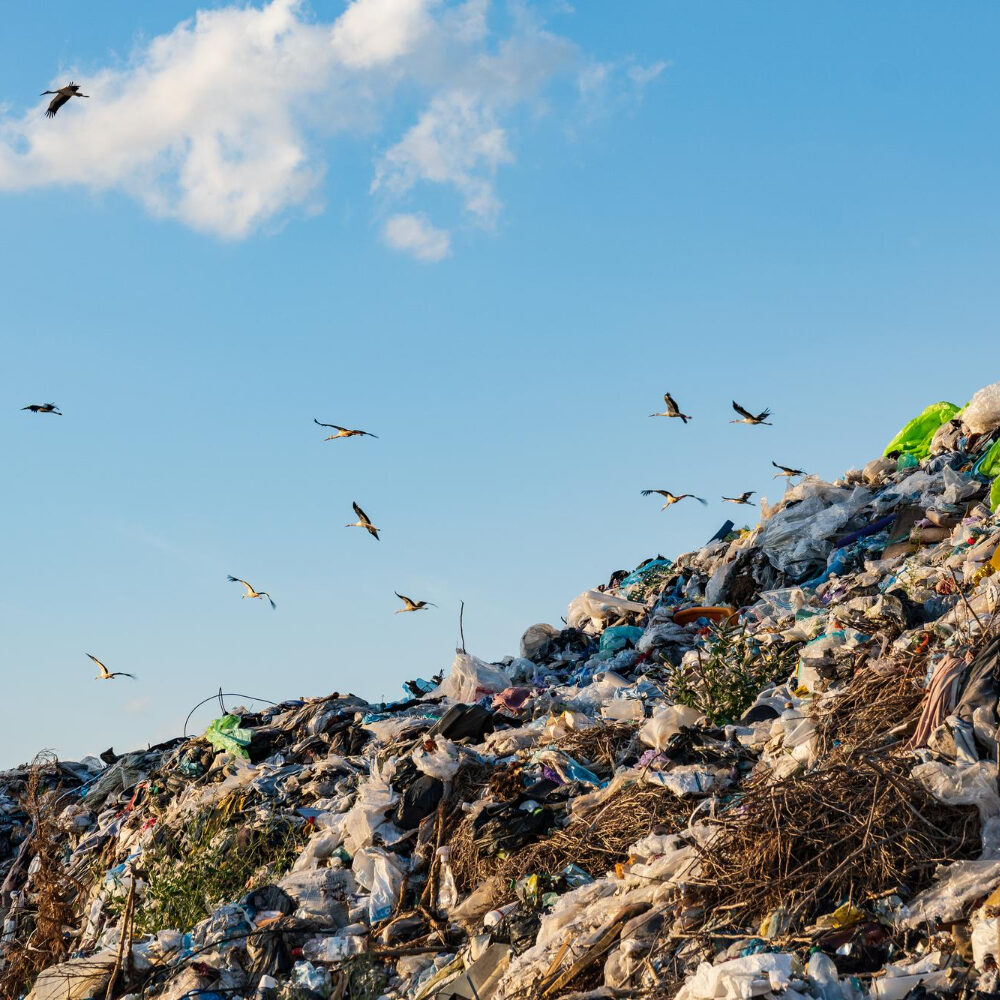How Waste-to-Energy delivers on renewable energy targets
ESWET advocates in favour of the proposed revision of the Renewable Energy Directive, which sets increased renewable energy targets for the EU.

Waste-to-Energy constitutes the link between circular economy and renewable energy: it ensures that non-recyclable waste – including the residues of recycling processes – is safely managed, and used as a resource thanks to energy and material recovery. In Europe, the power recovered by Waste-to-Energy plants accounts for 2.4% of the total energy supply.
Every renewable energy source available has a critical role to play to enhance the efforts of the EU economy towards decarbonisation, including electricity, steam, heating and cooling, as well as renewable and low-carbon fuels generated from non-recyclable waste.
Recent studies estimate that the renewable energy output from Waste-to-Energy plants is more than 50%, contributing substantially to the transition from fossil fuels in the electricity, heating, and transport sectors. Renewable energy from Waste-to-Energy is provided 24/7 and is thus plannable and reliable, increasing the electricity generation flexibility of the entire electric grid. In 2018 in Europe, Waste-to-Energy plants generated around 40 billion kWh of electricity and 90 billion kWh of heat, which provided 18 million citizens with electricity and 15.2 million citizens with heat.
Waste-to-Energy can also produce renewable and low-carbon fuels (e.g., hydrogen and methanol), which are crucial to the climate objectives and the renewable targets set. Waste-to-Hydrogen has a significant potential to decarbonise heavy transport by powering fuel cell buses and refuse trucks collecting municipal waste, while avoiding tonnes of GHG emissions. Several promising pilot projects are now taking off in Europe.
Under the Renewable Energy Directive (RED) (Directive (EU) 2018/2001), biomass is rightly recognised as a renewable energy source, since it can replace fossil energy carriers and feedstocks in energy-intensive industries. This renewable feature of biomass is why the energy from Waste-to-Energy is seen as partly renewable; it is because the waste treated in the WtE plants is partly biogenic, or – simply put – biomass.
What is more, when biomass is combined with Carbon Capture and Storage (CCS), the industry reaches a net removal of CO2 from the atmosphere, resulting in negative emissions. The same process can be implemented in Waste-to-Energy plants, as demonstrated by the Copenhagen and Oslo pilot projects.
The full position paper by ESWET on the proposed revision of the RED is available here: ESWET Position for the Proposed Revision of the Renewable Energy Directive



